From Tokyo alleyways to backstreet taco joints in Mexico City, these neighborhoods aren’t just about eating well—they’re where food is the main character.
This is your passport to taste. We’ve been everywhere from back-alley yatai stalls in Japan to the spicy street corners of Morocco, hunting down the world’s most delicious food neighborhoods. These aren’t the places that show up in your average guidebook. They’re where cultures collide, grandmothers still stir the pot, and locals will tell you the real secret to that sauce. Get hungry—and get booking.
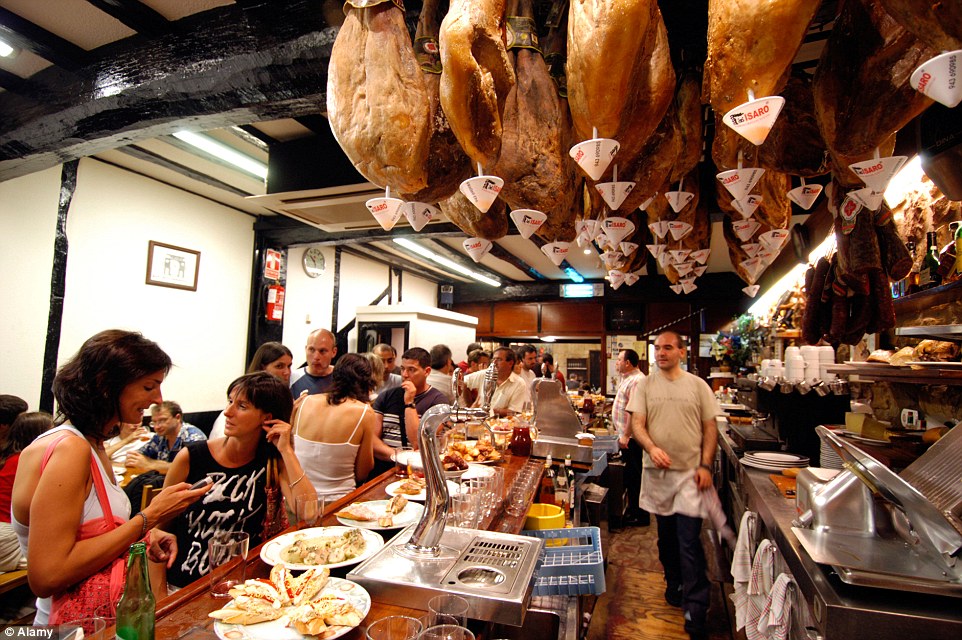
1. San Sebastián Old Town (Parte Vieja), Spain
Why it’s one of our legendary food neighborhoods:
This is where Basque culinary genius lives. San Sebastián has more Michelin stars per capita than nearly anywhere else, but the real magic is pintxos hopping in Parte Vieja. It’s the Spanish version of bar crawling—but instead of drinks, you’re chasing bites of marinated anchovies and grilled prawns. The town pulses with the rhythm of laughter, wine glasses clinking, and the sizzle of seafood on a hot grill.
What to eat:
- Gilda (anchovy, olive, and pepper skewers)
- Txangurro (spider crab)
- Burnt Basque cheesecake at La Viña
- Anything on toast from Bar Nestor or Gandarias
- Solomillo (sirloin with green pepper) on fresh baguette
Insider Tip:
Never order a full meal. Order one pintxo and one txakoli (local white wine), then move to the next bar. It’s a culinary pilgrimage. Pintxo etiquette: don’t wait to be seated—stand, snack, and keep it moving.

2. Puebla Historic Centre, Mexico
Why it matters:
While CDMX gets all the hype, Puebla is the Mexican city locals revere for food. Mole poblano was born here. It’s a sensory overload: churches tiled in gold, cobblestones, and the scent of cinnamon and chili drifting from markets. Even the UNESCO-listed tiles feel edible (they’re not—don’t lick the walls).
What to eat:
- Mole poblano (try it at El Mural de los Poblanos)
- Chalupas
- Cemitas (giant sesame-seed sandwiches)
- Tacos árabes
- Molotes (stuffed masa pockets)
Local Travel Tip:
Hit the Mercado de Sabores for a deep-dive into Poblano street eats. Bring cash. And stretchy pants. Don’t skip a visit to a traditional candy shop—camotes and tortitas de Santa Clara are ridiculously good.

3. Nakasu, Fukuoka, Japan
Why it’s essential:
Yatai stalls—tiny, mobile food carts—line the riverbanks here. It’s old-school Japan, but with a punch of youthful energy and ramen-soaked nights. This is the home of tonkotsu ramen, and it will ruin you for other bowls. Steam clouds rise from bubbling pots, and the chatter of late-night slurpers is part of the ambiance.
What to eat:
- Hakata-style tonkotsu ramen
- Motsunabe (offal hotpot)
- Tempura at yatai stalls
- Yaki ramen (fried ramen)
- Gyoza with yuzu pepper sauce
Destination Expert Tip:
Try “Nagahama Number One” for old-school ramen at a cart. Talk to the locals in line. They’ll steer you right. And don’t be shy—most stall owners love sharing the story behind their dishes.
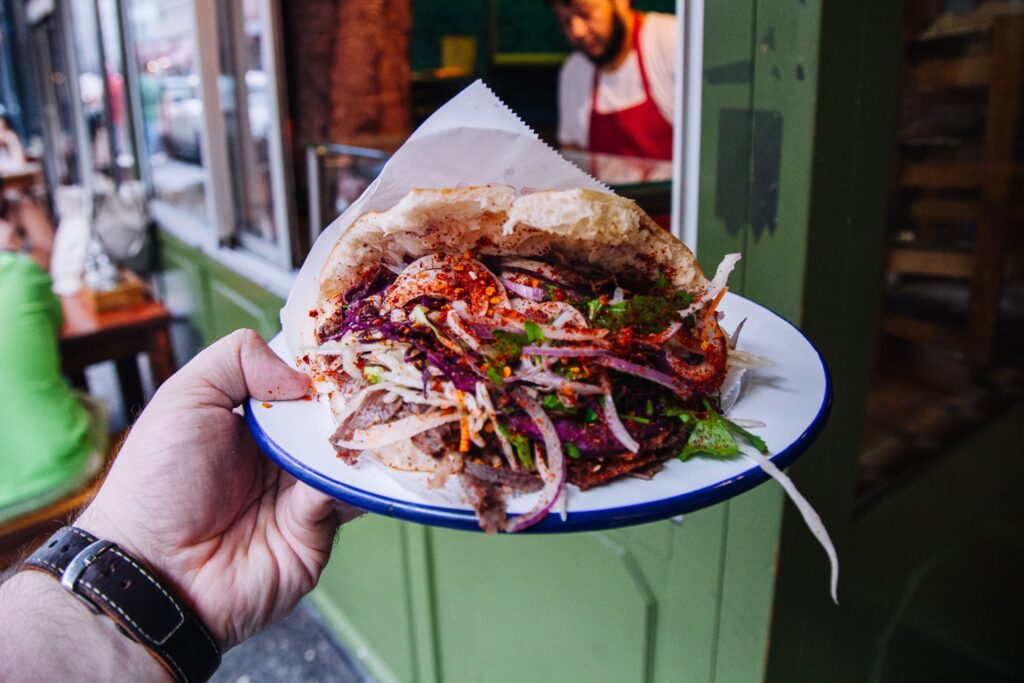
4. Kreuzberg, Berlin, Germany
Why it’s different:
Home of Berlin’s Turkish and punk scenes, Kreuzberg is the epicenter of the city’s culinary evolution. Graffiti-covered, diverse, and still cool without trying. It’s where immigrant kitchens, techno-fueled chefs, and anarchist brunch menus blend seamlessly.
What to eat:
- Döner kebab (try Mustafa’s or Tadim)
- Sudanese peanut falafel at Sahara Imbiss
- Currywurst
- Late-night Späti snacks
- Börek and Turkish breakfast
Travel Tip:
Most places stay open late—Kreuzberg is a night owl’s food haven. Grab a Club Mate, post up by the canal, and snack your way until sunrise.
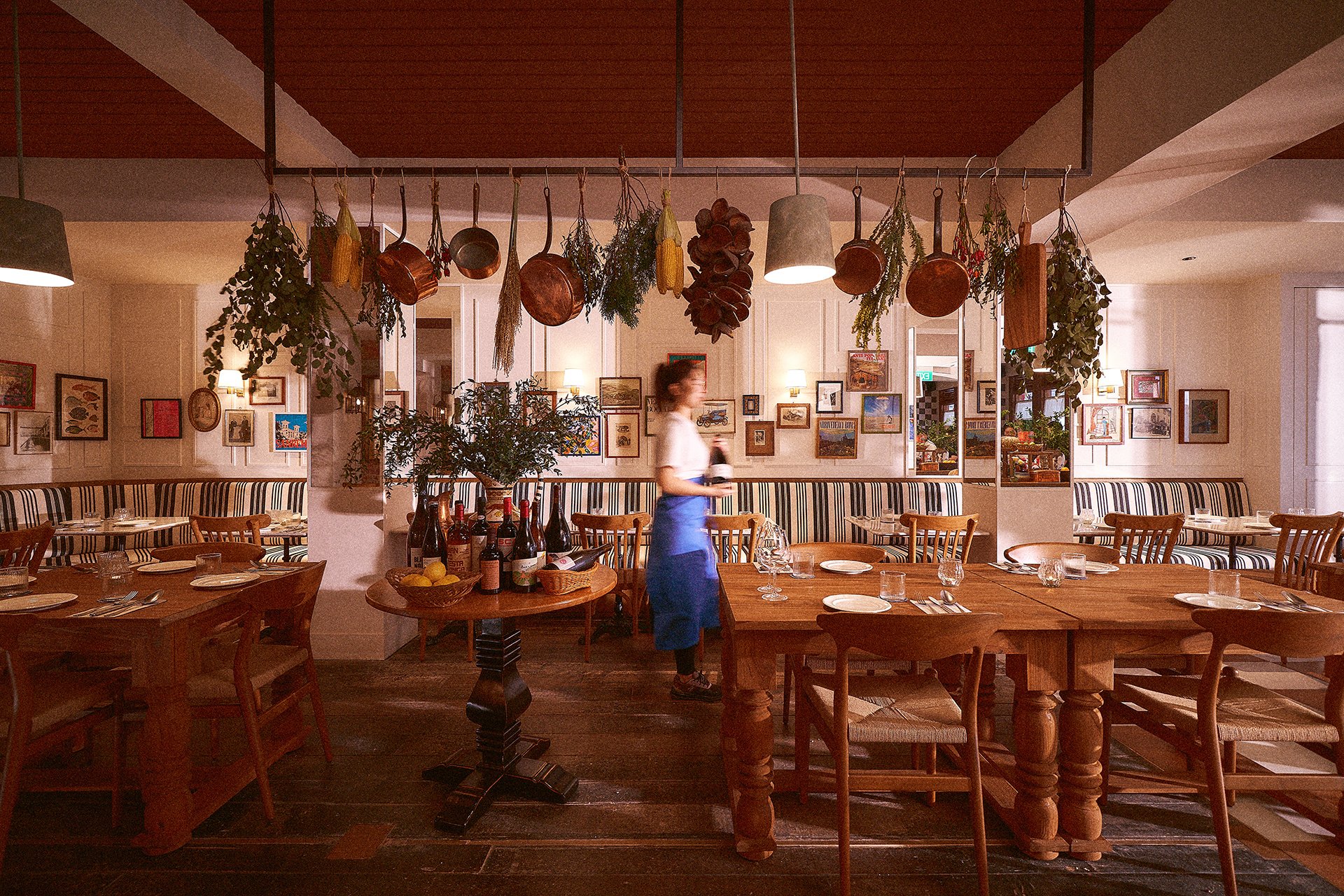
5. Tiong Bahru, Singapore
Why it matters:
Singapore is a hawker paradise, and Tiong Bahru is the elder statesman of cool. It balances traditional eats with indie cafes and design bookstores. It’s where uncles sling laksa next to baristas frothing matcha oat lattes.
What to eat:
- Chwee kueh (steamed rice cakes with radish)
- Hainanese chicken rice
- Kaya toast and kopi
- Char siew bao
- Popiah (fresh spring rolls)
Local Expert Tip:
Go early for breakfast at the market, then walk it off at BooksActually. Pop into the Art Deco wet market and check out the heritage murals—food and history in one stroll.
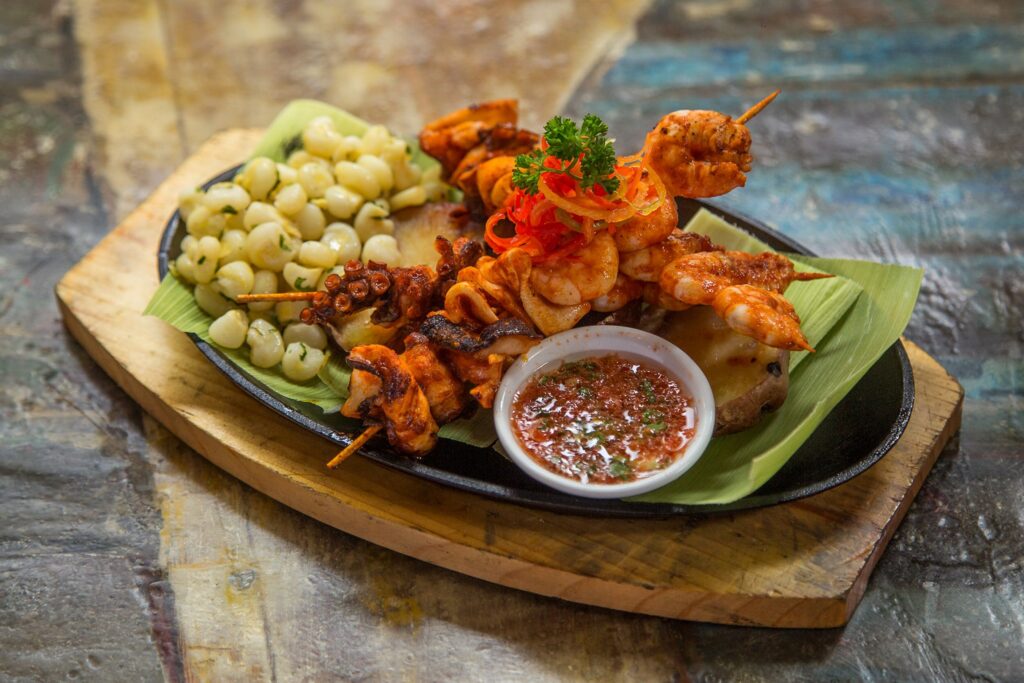
6. Barranco, Lima, Peru
Why it’s essential:
Call it the Brooklyn of Lima, but with way better ceviche. It’s bohemian, beachy, and the heart of Peru’s modern culinary movement. Artists, chefs, and surfers all converge here with a common goal: eat like royalty, chill like poets.
What to eat:
- Ceviche (La Canta Rana is a classic)
- Anticuchos (grilled beef heart skewers)
- Nikkei dishes (Peruvian-Japanese fusion)
- Pisco sour with passionfruit
- Tacu tacu (fried rice-and-bean pancakes)
Destination Tip:
Ceviche is a lunch food here. Eat it early. Pair with a seaside walk on the malecón. Sunset at the Puente de los Suspiros? Chef’s kiss.
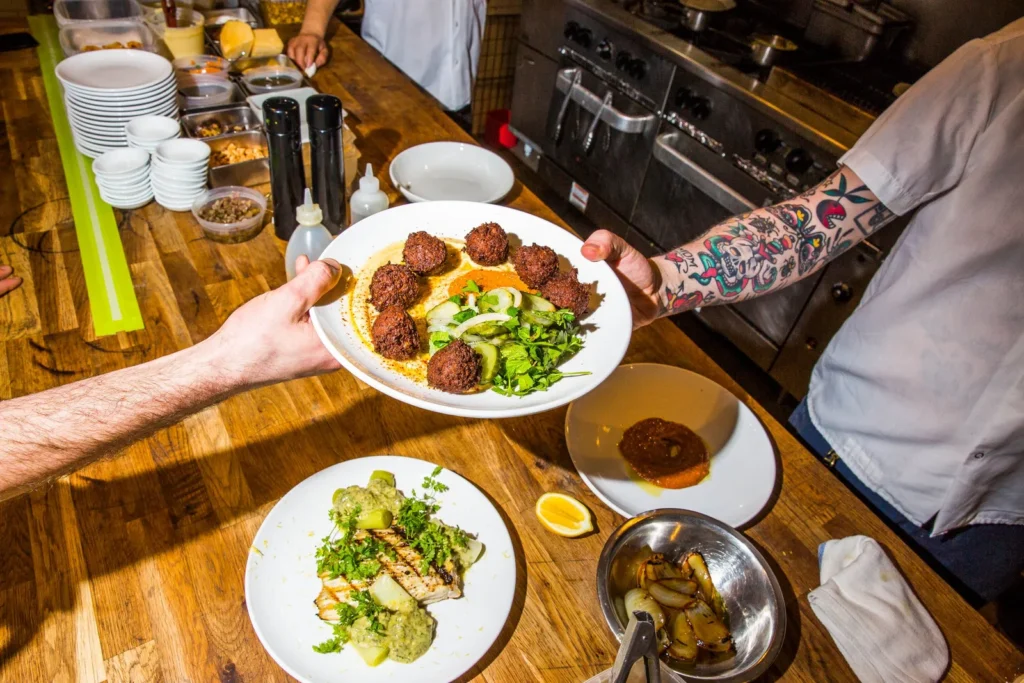
7. Greenpoint, Brooklyn, NYC, USA
Why it’s a surprise:
It’s not as loud as Williamsburg, but that’s part of the charm. Greenpoint has old-school Polish delis, new-wave restaurants, and some of the city’s best bagels. Plus, it smells like smoked kielbasa and espresso.
What to eat:
- Pierogi from Lomzynianka
- Pizza at Paulie Gee’s
- Bagels at Frankel’s
- Korean-American small plates at Chez Ma Tante
- Ice cream at Van Leeuwen’s original scoop shop
Local Tip:
Mix and match old and new. Have vodka at a Polish bar, then hit a rooftop cocktail spot. In summer, eat by the waterfront and pretend the Manhattan skyline is your dinner guest.
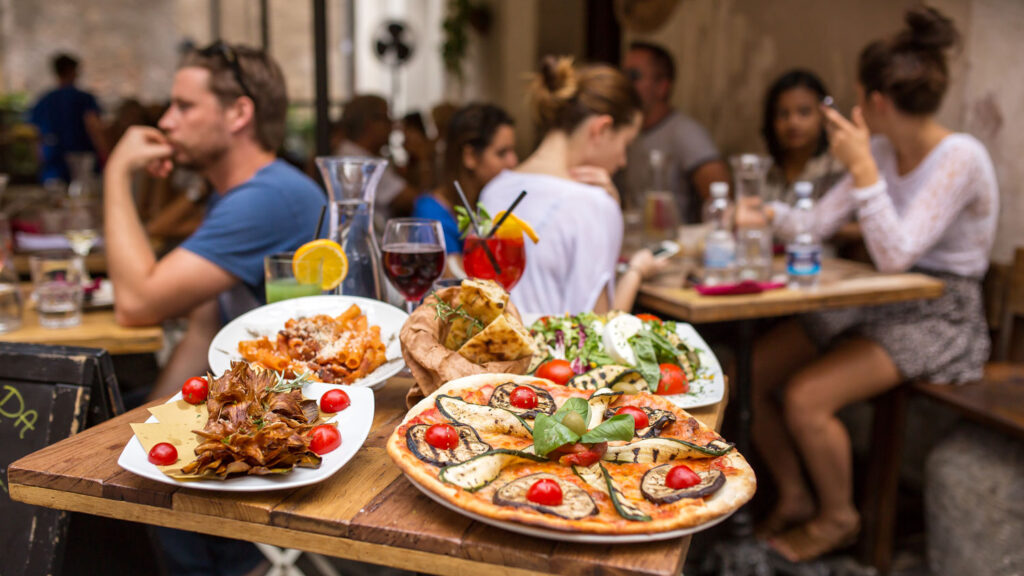
8. Trastevere, Rome, Italy
Why it’s perfect:
Rome is a food town, and Trastevere is where it comes alive at night. Cobblestone alleys, trattorias, and the smell of garlic and frying artichokes. It’s chaotic, cozy, and very Roman.
What to eat:
- Cacio e pepe
- Carciofi alla giudia (Jewish-style artichokes)
- Supplì (fried rice balls)
- Tiramisu
- Amatriciana and carbonara pastas
Travel Tip:
Wander. The best spots aren’t on Google Maps. Look for where locals are squeezed into plastic chairs. And don’t skip the late-night gelato—it’s a ritual.
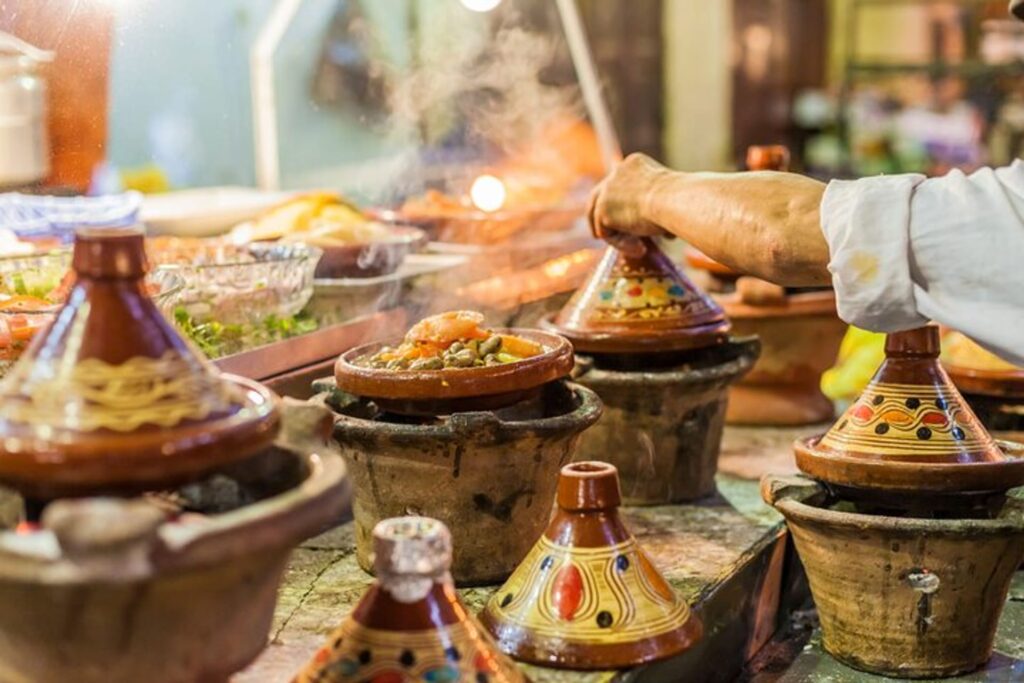
9. Marrakech Medina, Morocco
Why it’s unforgettable:
The smells hit first—cumin, cinnamon, charcoal. The Medina is a maze of souks, smoke, and slow-cooked stews. Lanterns swing overhead, and food vendors chant their specialties. It’s alive.
What to eat:
- Tagine with lamb and apricots
- Msemen (pan-fried flatbread)
- Harira soup
- Snail soup (trust us)
- Tanjia (meat slow-cooked in clay pots)
Local Expert Tip:
Go with a guide on night one to learn the ropes. Then return solo and get lost in the best way. The Djemaa el-Fna square is wild—but head to the quieter food corners for hidden gems.

10. Bo-Kaap, Cape Town, South Africa
Why it’s special:
Cape Malay cuisine is wildly underrated. Bo-Kaap’s colorful homes hold centuries of culinary migration history. The food here is spice-rich, soul-deep, and community-powered.
What to eat:
- Bobotie (curried meat pie)
- Koeksisters (syrup-soaked doughnuts)
- Biryani
- Samosas with sweet chutney
- Denningvleis (sour-sweet lamb stew)
Local Tip:
Visit the Bo-Kaap Museum, then take a cooking class with a local auntie. It’s soulful, hands-on, and delicious. Many homes open up their kitchens to travelers—it’s the most delicious history lesson you’ll ever take.
Final Thoughts
Every city has its flavors, but these 10 food neighborhoods are where the eats tells the real story. They’re not just destinations—they’re deep, cultural bites of the cities they represent. From street stalls to family kitchens to wild fusion plates, this is your next travel itinerary. From Tokyo alleyways to backstreet taco joints in Mexico City, these neighborhoods aren’t just about eating well—they’re where food is the main character.